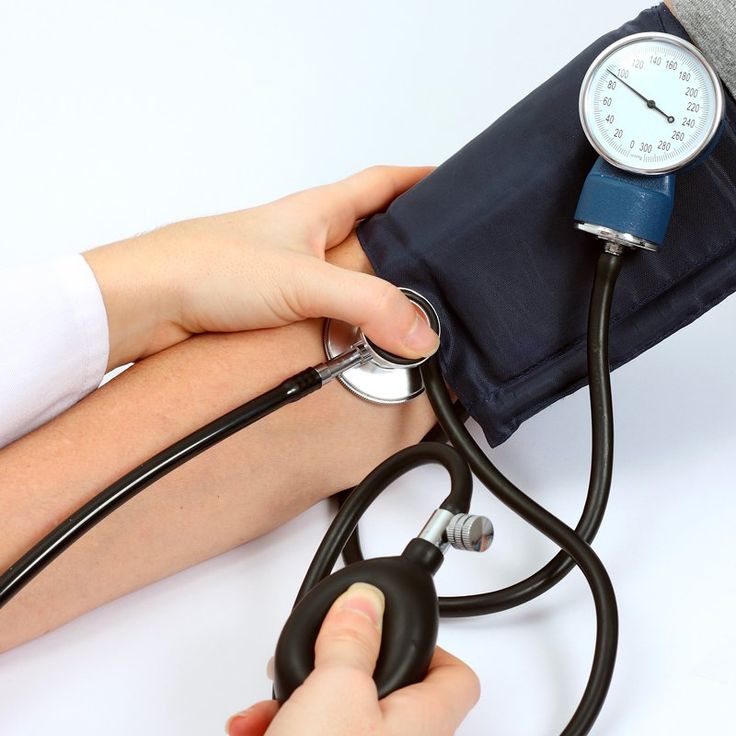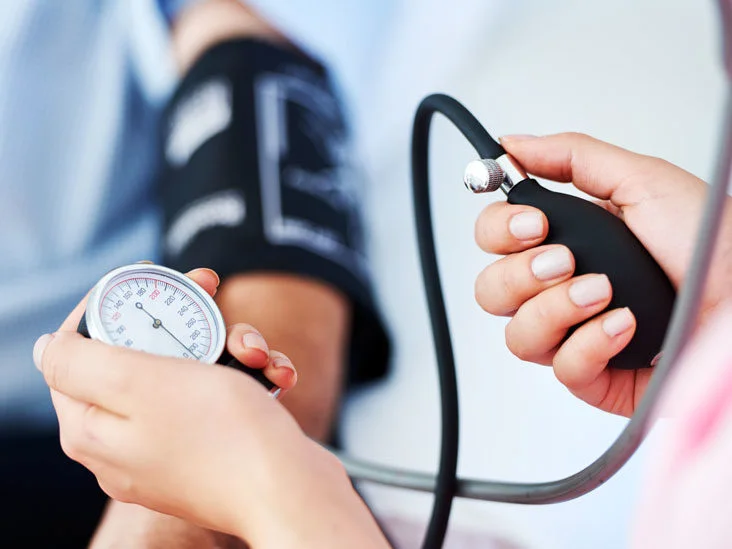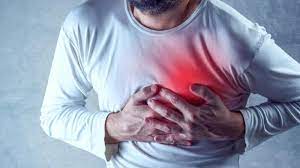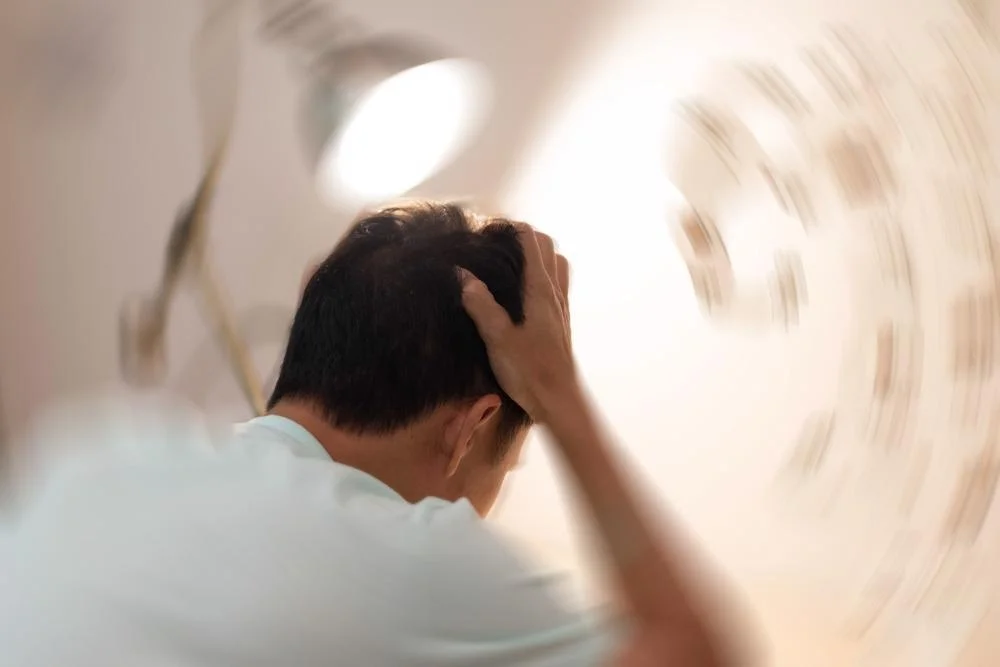BP, Low BP, Hypotension, Tension, Pressure, Stress.
Root Cause of Disease
Blood pressure is measured in millimeters of mercury (mm Hg). Normal blood pressure is 120/80 mm Hg. Low blood pressure is when your blood pressure is lower than what’s considered normal. Low blood pressure is generally considered a blood pressure reading lower than 90 millimeters of mercury (mm Hg).
Many factors affect blood pressure, including the time of day and a person’s physical activity levels and diet. Blood pressure also declines with age, and some people have naturally low blood pressure due to genetic factors. The causes include dehydration, long-term bed rest, pregnancy, certain medical conditions and some medications.
Symptoms
It is possible to have low blood pressure without any symptoms. However, some people with this issue may experience:
- Weakness
- Fainting
- Dizziness
- Tiredness
- Nausea
- Dehydration
- Trouble concentrating
- Blurred vision
- Cold, clammy skin
- Depression
- Rapid, shallow breathing
- Fatigue
- Weak and rapid pulse
- Confusion, especially in older people
- Decrease in skin coloration (pallor)
Causes
Medical conditions that can cause low blood pressure include:
Pregnancy
Changes during pregnancy cause blood vessels to expand rapidly. The changes may cause blood pressure to drop. Low blood pressure is common in the first 24 weeks of pregnancy. Blood pressure usually returns to pre-pregnancy levels after giving birth.
Heart and heart valve conditions
A heart attack, heart failure, heart valve disease and an extremely low heart rate (bradycardia) can cause low blood pressure.
Hormone-related diseases (endocrine disorders)
Conditions affecting the parathyroid or adrenal glands, such as Addison’s disease, may cause blood pressure to drop. Low blood sugar (hypoglycemia) and, sometimes, diabetes also may lower blood pressure.
Dehydration
When the body doesn’t have enough water, the amount of blood in the body (blood volume) decreases. This can cause blood pressure to drop. Fever, vomiting, severe diarrhea, overuse of diuretics and strenuous exercise can lead to dehydration.
Blood loss
Losing a lot of blood, such as from an injury or internal bleeding, also reduces blood volume, leading to a severe drop in blood pressure.
Severe infection (septicemia)
When an infection in the body enters the bloodstream, it can lead to a life-threatening drop in blood pressure called septic shock.
Severe allergic reaction (anaphylaxis)
Symptoms of a severe allergic reaction include a sudden and dramatic drop in blood pressure.
Lack of nutrients in the diet
Low levels of vitamin B-12, folate and iron can keep the body from producing enough red blood cells (anemia), which can lead to low blood pressure.
Medications that can cause low blood pressure
Some medications can cause low blood pressure, including:
- Water pills (diuretics), such as furosemide (Lasix) and hydrochlorothiazide (Microzide)
- Alpha blockers, such as prazosin (Minipress)
- Beta blockers, such as atenolol (Tenormin) and propranolol (Inderal, Innopran XL, Hemangeol)
- Drugs for Parkinson’s disease, such as pramipexole (Mirapex) or those containing levodopa
- Certain types of antidepressants (tricyclic antidepressants), including doxepin (Silenor) and imipramine (Tofranil)
- Drugs for erectile dysfunction, including sildenafil (Revatio, Viagra) or tadalafil (Adcirca, Alyq, Cialis), particularly when taken with the heart medication nitroglycerin (Nitrostat, Nitro-Dur, Nitromist)
Risk factors
Anyone can have low blood pressure (hypotension). Risk factors for hypotension include:
Age
Drops in blood pressure on standing or after eating occur primarily in adults older than 65. Neurally mediated hypotension primarily affects children and younger adults.
Medications
Certain medications, including some blood pressure drugs, increase the risk of low blood pressure.
Certain diseases
Parkinson’s disease, diabetes and some heart conditions may increase risk of low blood pressure.
Complications
Potential complications of low blood pressure (hypotension) include:
- Dizziness
- Weakness
- Fainting
- Injury from fall
When to see a doctor?
- A person should seek medical advice if their blood pressure falls suddenly, is very low, or is significantly lower than usual.
- They should also seek advice if they have other symptoms, such as excessive urination, a fever, or fatigue, as these could indicate an underlying condition.
- With very low blood pressure, insufficient blood and oxygen may be reaching the brain and other vital organs. Emergency medical attention may be necessary.
- If a person shows signs of anaphylaxis, whoever is with them should take immediate action. If the person carries an autoinjector, a bystander can help them administer it. Medical attention may be necessary.
Home Remedies to Control Low Blood pressure
Remedy- 1: Have adequate Salt
Materials: Salt
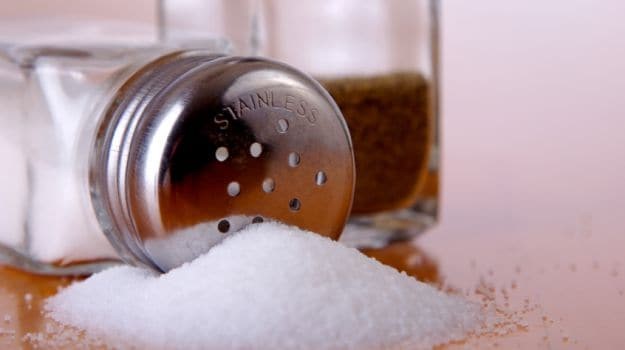
Excess salt is bad, but on the other hand it is required by your body in moderate quantities. According to the World Health Organization, your daily diet must contain one teaspoon of added salt besides what you derive naturally from fruits and vegetables.
In summers or if you exercise daily, keep some lime water with a pinch of salt handy. Salt works like an instant pick-me-up. Make sure you do not have too much salt too that may lead to problems like water retention along with high blood pressure.
Remedy – 2: Tulsi
Materials: Tulsi leaves
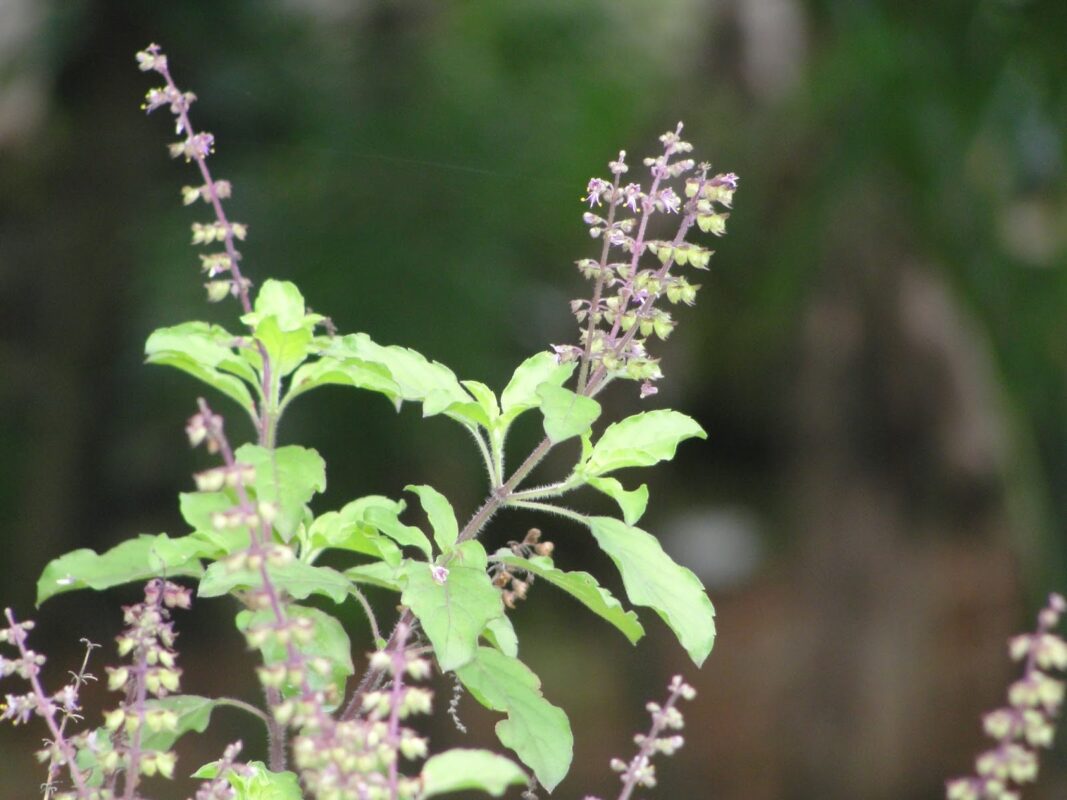
“A home remedy from our granny’s treasure trove. Chew five to six Tulsi leaves every morning”. Tulsi leaves have high levels of potassium, magnesium and vitamin c which can help in regulating your blood pressure.
It is also loaded with an antioxidant called Eugenol which keeps the blood pressure under control and lowers cholesterol levels.
Other Remedies
Almond Milk
Soak 5 to 6 almonds overnight, peel them in the morning, make a paste and boil them into a drink. Drink this every day to prevent your blood pressure from falling. There is no cholesterol or saturated fat in almond milk. In fact, it is rich in healthy fats like Omega-3 fatty acids. Include this milk in your low blood pressure diet; basically, you can add it to your cereals, smoothies, et al and enjoy the goodness of the almond milk.

Product link: Almonds
Eat small portions frequently
Sneak healthy snacking sessions in between the major meals of the day to avoid long gaps. Eating small portions several times of the day helps in preventing the sudden drop in blood pressure that one may experience after meals. So, if you are eating three full meals a day, it would be better to have them distributed into five small meals a day. This one’s a great home remedy for people who also have diabetes.
Drink more fluids
Drink at least 2 to 3 liters of water every day. Besides this, include drinks like coconut water, bael ka sharbat and Aam panna in your low blood pressure diet. These will give you the necessary electrolytes required to maintain the fluids in your body. Dehydration is a common cause of low blood pressure. Pomegranate juice is rich in antioxidants called polyphenols and may help you lower your blood pressure. One of the best ways to fight dehydration is water; so, do not forget to load up on enough water for the day.
Caffeine
Caffeinated beverages like tea or coffee may help boost your blood pressure temporarily. When your blood pressure drops suddenly, a cup of coffee or tea can get your circulation going. It causes a short, but dramatic increase in your blood pressure. Although nobody knows why this happens, it is believed to help you improve your blood pressure.
Garlic
One of the most common remedies is garlic, its properties will amaze you. The biggest advantage of taking garlic is that it not only lowers blood pressure, but also helps to reduce the levels of clotting. However, if your diet includes a lot of fats, eating garlic will not be effective. This is because the high fat content overpowers the properties of the garlic. Drinking alcohol in excess will also have a negative effect on garlic healing properties.
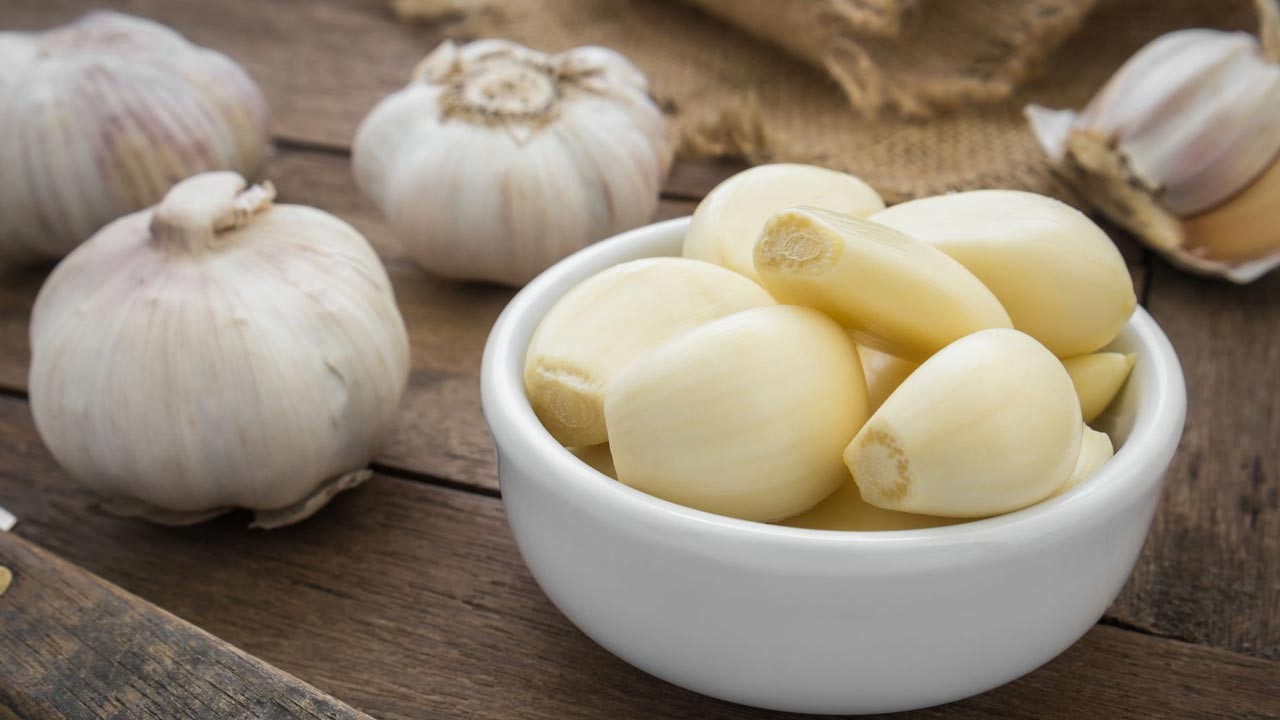
Fruits
- Potassium and magnesium are vital to the control of elevated blood pressure, so another thing to do is adding bananas, kidney beans, molasses and soy to your diet.
- Fruits such as watermelon, grapes and bananas may be considered excellent resources of potassium, magnesium and calcium.
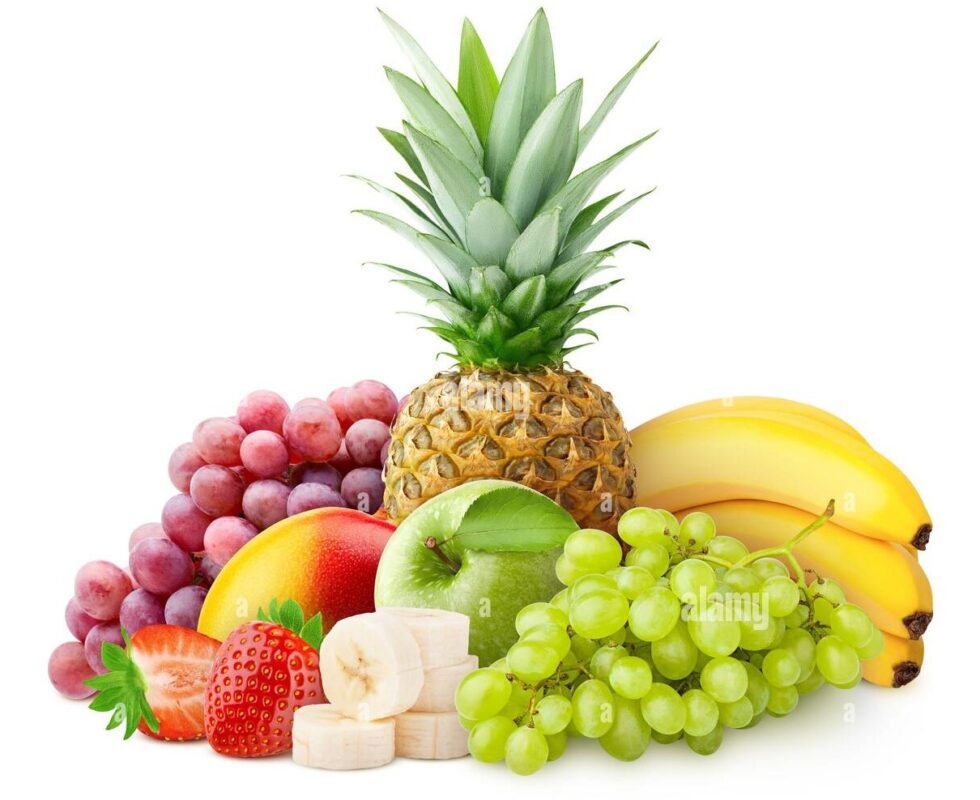
Preventions
A range of lifestyle measures can help prevent low blood pressure. These include:
- Taking time to stand up from a sitting or lying position
- Using blocks to raise the head of the bed by 6 inches
- Eating small meals frequently and resting after eating
- Increasing fluid intake
- Avoiding long periods of sitting or standing still
- Avoiding suddenly changing posture or position
- Moderating alcohol intake
- Refraining from drinking caffeinated beverages late in the day
- Wearing support stockings
- Exercising regularly

